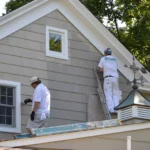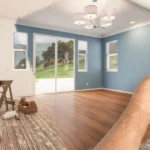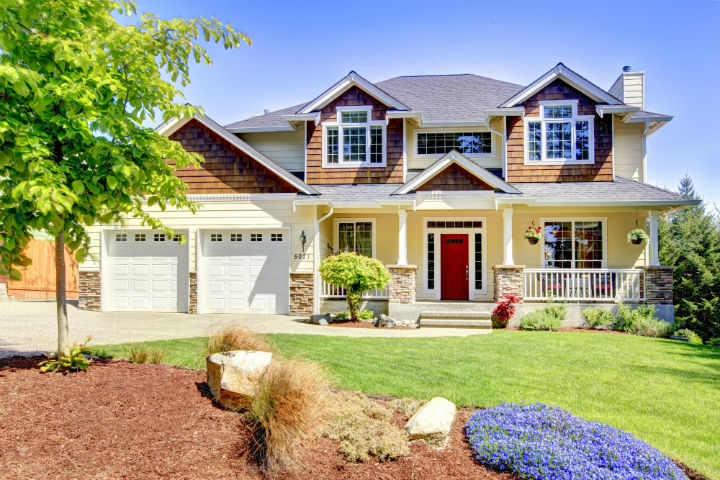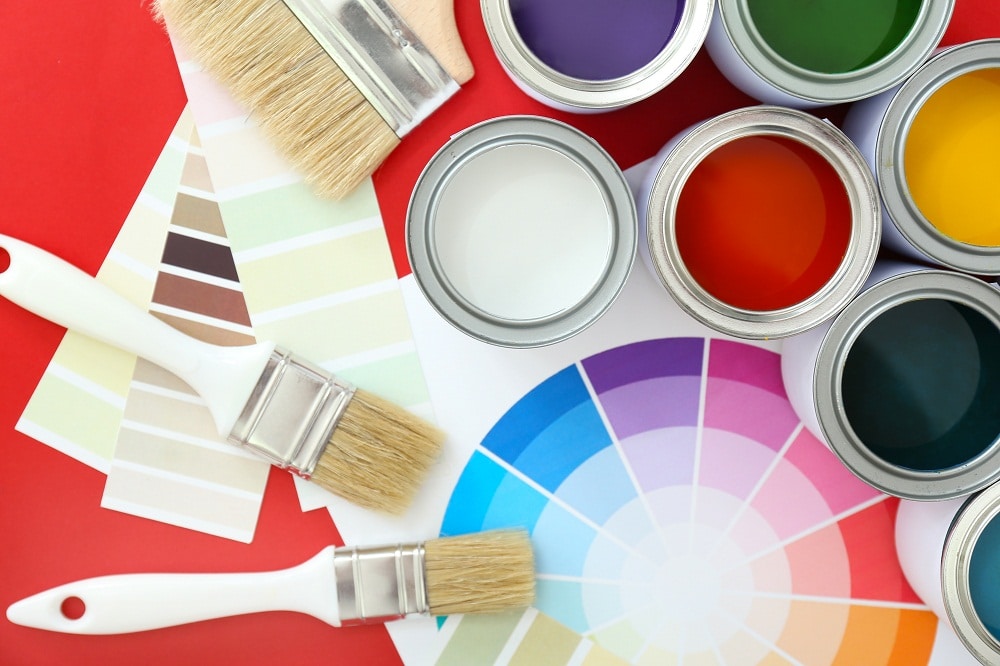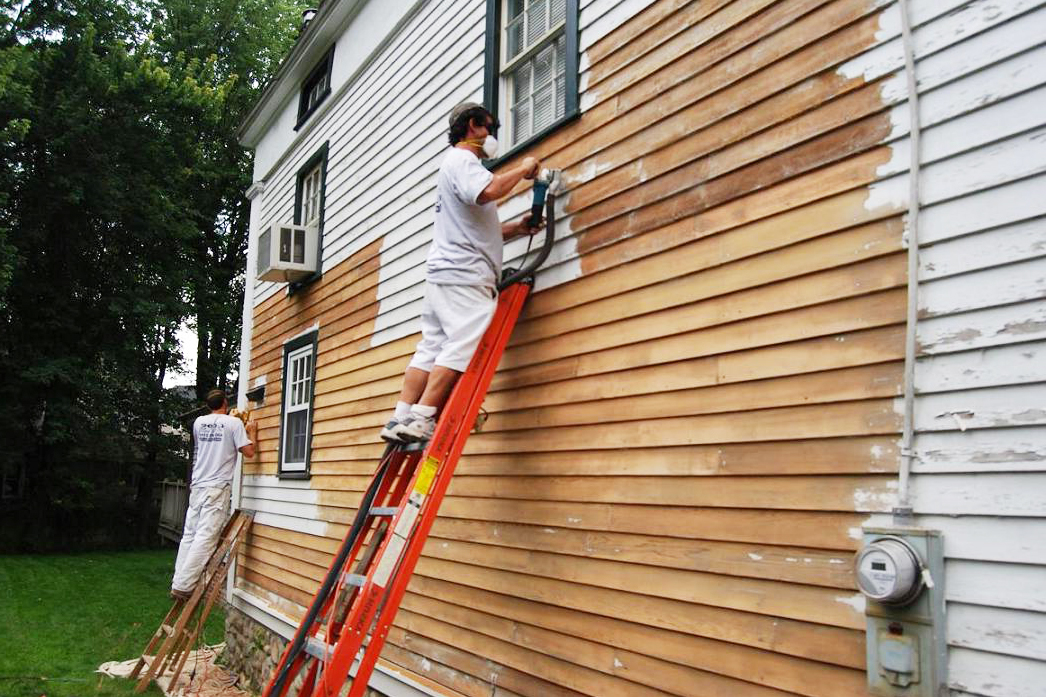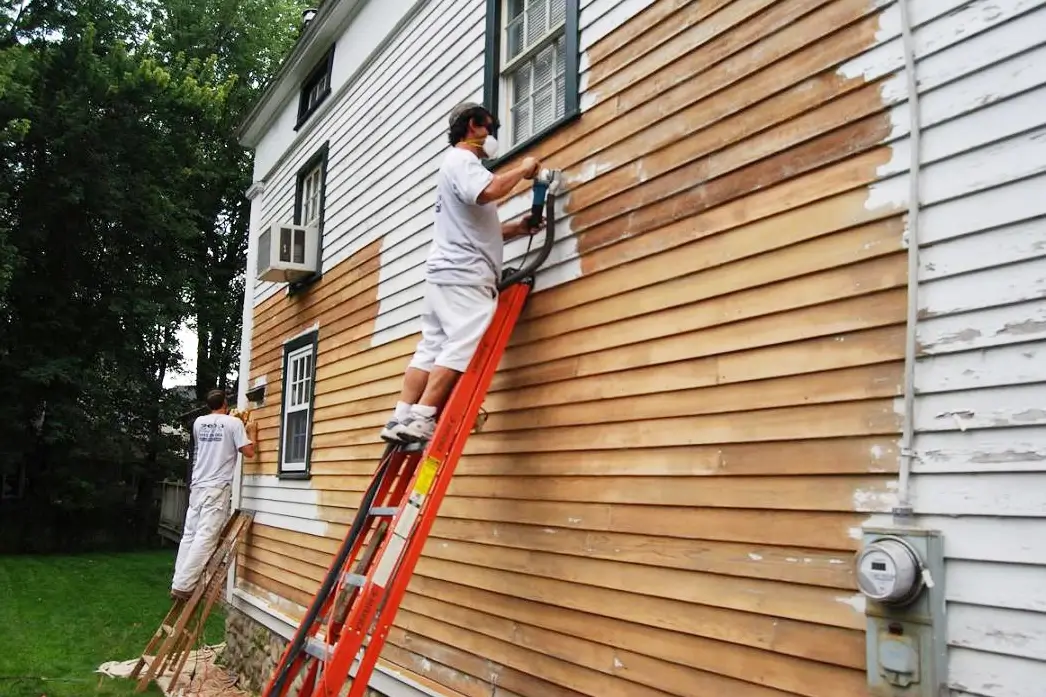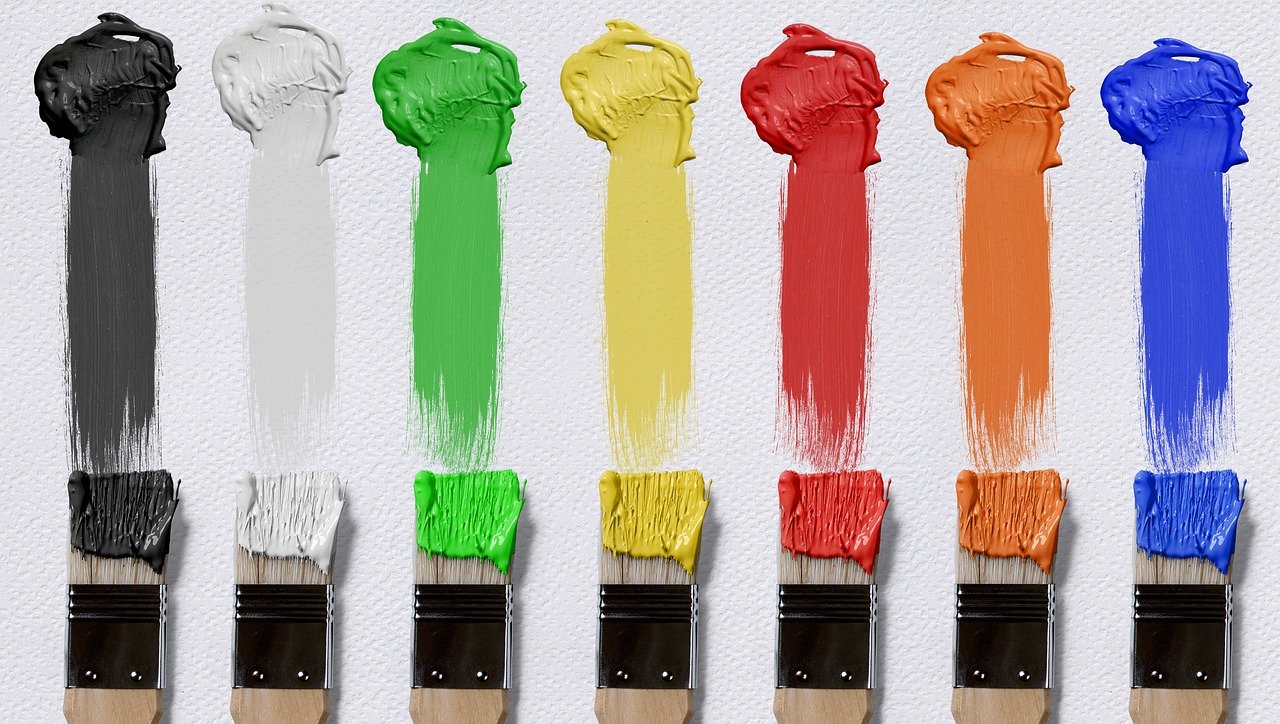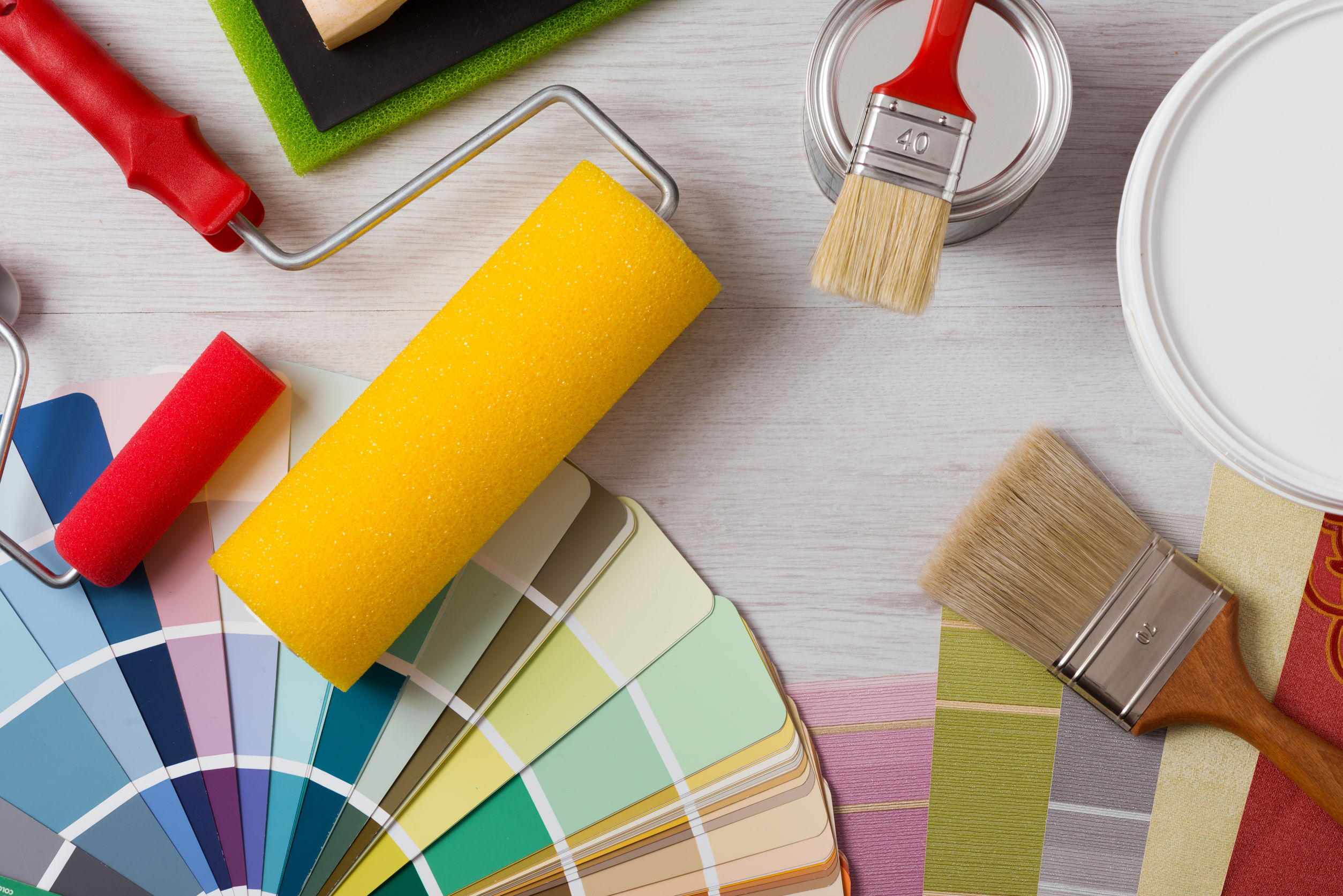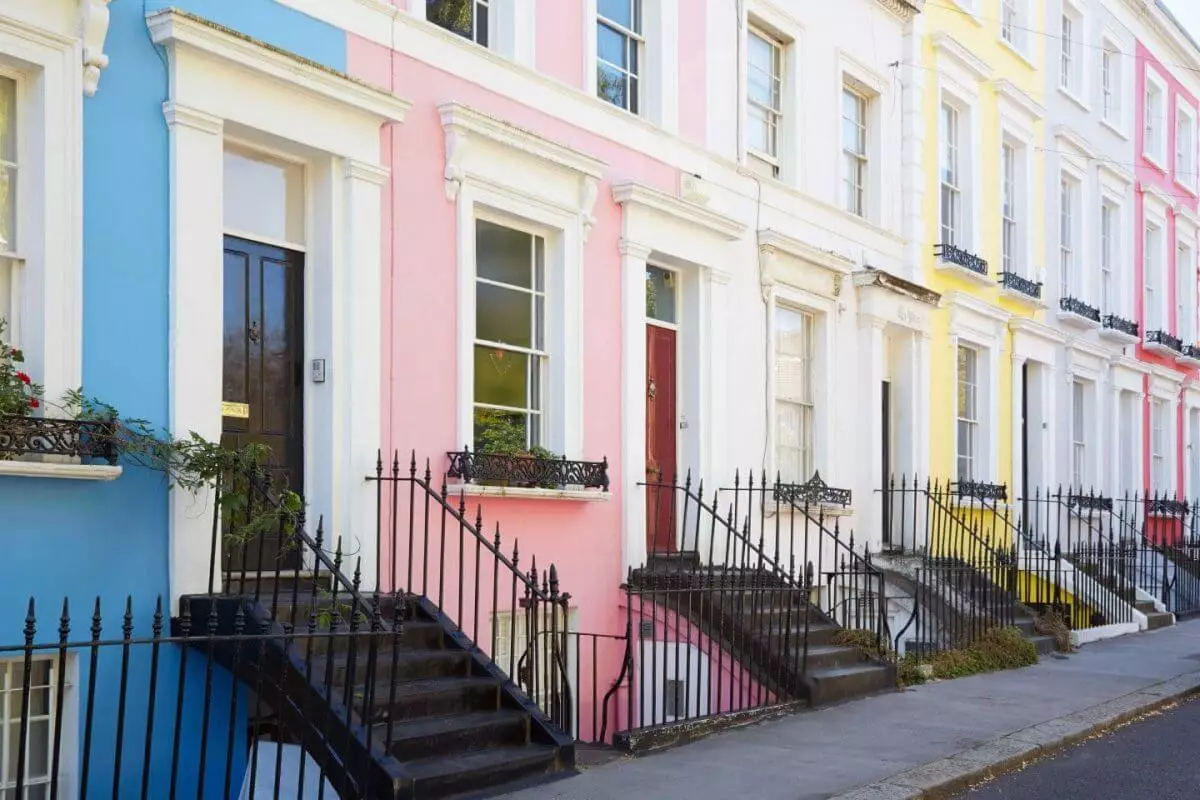Charleston’s historic districts present homeowners with a unique challenge: selecting paint colors that honor the city’s architectural heritage while expressing personal style. For residents of the Holy City, choosing exterior paint involves more than aesthetic preference—it requires understanding preservation guidelines and working within established frameworks.
Trusted residential painting professionals in Charleston understand these complexities and help homeowners achieve stunning results while maintaining historic authenticity.
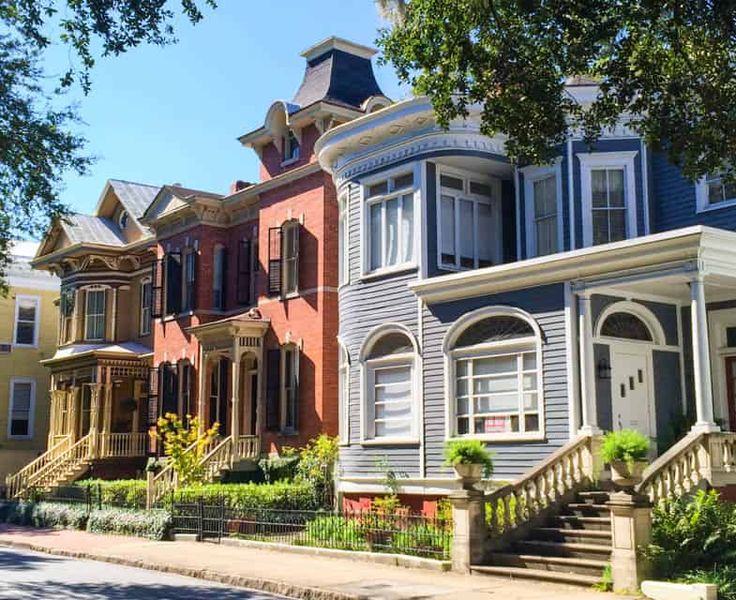
Content
Understanding Charleston’s Color Approval System
The Board of Architectural Review (BAR) oversees all exterior color changes visible from public streets south of Line Street. This regulatory body operates through three levels: staff approvals for straightforward changes, BAR-Small committee reviews for moderate projects, and BAR-Large board meetings for complex alterations.
Staff reviews typically take up to 30 business days, while full board meetings occur twice monthly. Property owners should plan accordingly, as the approval process can extend project timelines significantly. The Old and Historic District maintains stricter requirements than the Old City District, and Charleston County Historic Preservation Commission governs county properties outside city limits.
Contrary to popular belief, Charleston doesn’t maintain a pre-approved color list. Context matters more than specific hues—the same color might receive approval on one property while being rejected on another based on architectural style, neighborhood character, and surrounding buildings.
Charleston’s Iconic Color Heritage
The city’s color palette evolved through distinct architectural periods, each contributing unique characteristics to the historic landscape. Georgian-era homes (early to mid-18th century) featured muted tones—warm grays, earthy browns, and refined neutral shades that conveyed understated elegance.
Federal-style properties from the late 18th and early 19th centuries embraced bolder choices: deep blues, rich reds, and golden yellows that reflected the young nation’s confidence. Greek Revival homes of the mid-19th century favored lighter, airier tones—crisp whites, soft creams, and pale grays that emphasized classical proportions.
Victorian-era properties introduced eclectic color combinations, featuring rich jewel tones and delicate pastels that reflected the period’s ornate sensibilities.
Several colors hold special significance in Charleston’s cultural landscape. Haint Blue, rooted in Gullah Geechee tradition, adorns porch ceilings throughout the city. This soft blue-green shade was believed to ward off evil spirits and remains a beloved local custom.
Charleston Green emerged from Reconstruction-era resourcefulness when residents mixed yellow and green paint with federal black supplies, creating the distinctive dark green associated with the city. True Charleston Green actually refers to verdigris—the natural copper patina that develops from coastal exposure.
Yellow ochre limewash represents another traditional technique, creating shimmering gold effects that change with lighting conditions throughout the day.
Professional Color Collections
Sherwin-Williams developed the Historic Charleston Collection in collaboration with local preservationists, offering 48 colors approved by the Board of Architectural Review. This palette includes Charleston White (DCR100), Piazza Blue (DCR075), and Hitching-Post Black (DCR108), among other historically accurate options.
The Colors of Historic Charleston collection reflects over 200 years of architectural evolution, while the Carolina Low Country Collection captures broader regional authenticity. Major paint manufacturers offer similar historic lines organized by architectural style and period.
Working Through the Approval Process
Successful color selection begins with research. Property owners should identify their home’s architectural style and construction period, study neighborhood context, and gather documentation of original colors when available.
Initial consultations at the permit center on George Street help determine whether projects qualify for staff approval or require full board review. Staff members provide guidance on appropriate color choices and application procedures.
Full board presentations require more preparation, including detailed color samples, architectural drawings, and sometimes professional consultation. Public comment periods allow community input, and board discussions focus on historical accuracy, neighborhood compatibility, and preservation standards.
Color Selection Best Practices
Successful historic color schemes follow established design principles. Properties should limit palettes to two colors plus white, avoiding visual confusion through excessive detailing. Building walls serve as dominant, unifying background colors, while trim and architectural features provide accent opportunities.
Material considerations play a significant role in color selection. Original masonry and unpainted metal features should never be painted, preserving their natural character and patina. Bronze and brass elements require special care to maintain their authentic appearance.
Neighborhood context influences every color decision. Homeowners must study surrounding properties for compatibility while balancing personal preferences with historic district harmony. Architectural style determines appropriate color ranges—what works for a Victorian cottage might clash with a Federal townhouse.
Technical Considerations
Historic homes require specialized paint systems and application techniques. Compatible primer and finish combinations protect building materials while providing lasting beauty. Weather conditions significantly impact application success—avoiding direct sun, temperatures below 40°F, and impending precipitation prevents common problems.
Surface preparation becomes especially important with historic materials. Lead paint considerations require safe removal practices, while moisture management and substrate compatibility affect long-term performance. Wade Paint Co. specializes in these technical aspects, ensuring proper preparation and application for lasting results.
Professional painters experienced in historic preservation understand these complexities. They recognize when specialized techniques are necessary and how to protect historic building materials during the painting process.
Common Mistakes to Avoid
Modern color trends often clash with historic architecture. Bright contemporary hues that work beautifully on new construction can appear jarring on period properties. Insufficient research frequently leads to BAR rejections, forcing homeowners to restart the selection process.
Improper application techniques can damage historic materials permanently. Using incompatible paint systems, inadequate surface preparation, or incorrect application methods creates problems that extend far beyond aesthetics.
Planning Your Historic Paint Project
Budgeting for historic paint projects requires considering premium materials, specialized application techniques, and potential surface repairs. Professional consultation helps avoid costly mistakes while ensuring compliance with preservation standards.
Timeline planning should account for BAR approval processes, which can take up to six months for complex projects. Charleston’s coastal climate creates seasonal considerations for exterior work, while coordination with other preservation projects may affect scheduling.
Preserving Charleston’s Character
Thoughtful color selection maintains Charleston’s historic character while allowing personal expression. The city’s architectural heritage depends on homeowners who understand and respect preservation principles while creating beautiful, authentic spaces.
Professional guidance proves invaluable throughout this process. Experienced painters and color consultants understand BAR requirements, historic accuracy standards, and technical application needs. Their expertise helps homeowners achieve stunning results that honor Charleston’s colorful legacy while protecting property values and community character.
The investment in proper planning, quality materials, and professional application pays dividends through enhanced curb appeal, increased property values, and the satisfaction of contributing to Charleston’s ongoing preservation story.

Christine Kelley is a dedicated home blogger who has been blogging for over six years. She covers everything home related. Christine also loves writing posts about her travels to Europe with her husband and two children.

